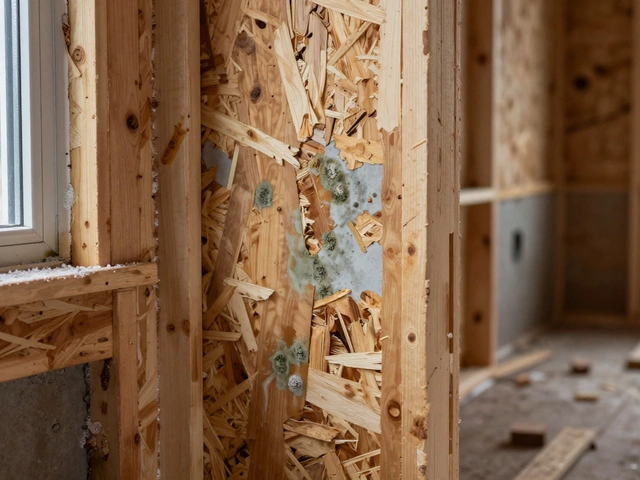Broken Pipes: Quick Fixes, Prevention, and When to Call a Pro
If you hear a loud bang in your walls or see water pooling on the floor, you’re probably dealing with a broken pipe. The first thing to do is stay calm and act fast. Turning off the main water valve stops the flow and saves your home from a flood. Most houses have the valve near the water heater or under the kitchen sink—look for a round wheel handle and turn it clockwise.
DIY Steps to Control the Damage
Once the water is shut off, dry the area with towels or a mop. If you can see the leak, wrap the damaged section with a piece of rubber (an old hose or a garden hose works well) and secure it with a hose clamp or strong tape. This isn’t a permanent repair, but it’ll hold the water until a plumber arrives. Next, check the surrounding walls and floors for signs of moisture. If the water has soaked into drywall, cut out the wet section to prevent mold.
Preventing Future Pipe Breaks
Most broken pipes happen because the water inside freezes, expands, and bursts the pipe. Insulating exposed pipes in basements, crawl spaces and attics with foam sleeves can keep them warm. In winter, let a trickle of water run from faucets during a cold snap—moving water is less likely to freeze. Also, know the age of your plumbing; older copper or iron pipes are more prone to corrosion and should be replaced before they fail.
Regular maintenance helps, too. Check under sinks for small drips and fix them right away. Look for signs of corrosion, such as green or white buildup on pipe surfaces. If you notice a drop in water pressure, it could signal a leak hidden behind the walls, so schedule a professional inspection.
When you’re unsure about the severity of the break, call a licensed plumber. They have the tools to locate hidden leaks, replace sections of pipe, and ensure the job meets local building codes. It’s better to pay for a proper fix than to risk extensive water damage, mold growth, or structural problems later.
Insurance can cover the cost of water damage, but most policies won’t pay for the pipe itself unless it’s an accidental burst. Keep documentation of the repair and any photos of the damage—this makes the claim process smoother.
In summary, the fastest response to a broken pipe is to shut off the water, make a temporary seal, and call a pro. Insulate your pipes, stay on top of maintenance, and act early to avoid costly repairs. With these steps, you’ll keep your home dry and safe, even when a pipe decides to give out.
Does Homeowners Insurance Protect Against Foundation Pipe Damage?

Navigating the complexities of homeowners insurance can be challenging, especially when it involves damage from broken pipes under your foundation. This article delves into whether typical home insurance policies provide coverage for such incidents. It explores what factors might influence coverage decisions and the importance of preventative maintenance. Additionally, strategies to facilitate a smoother claims process are discussed. Here is a friendly guide to help homeowners understand their insurance policy's nuances in relation to foundation-related damages.
read more



